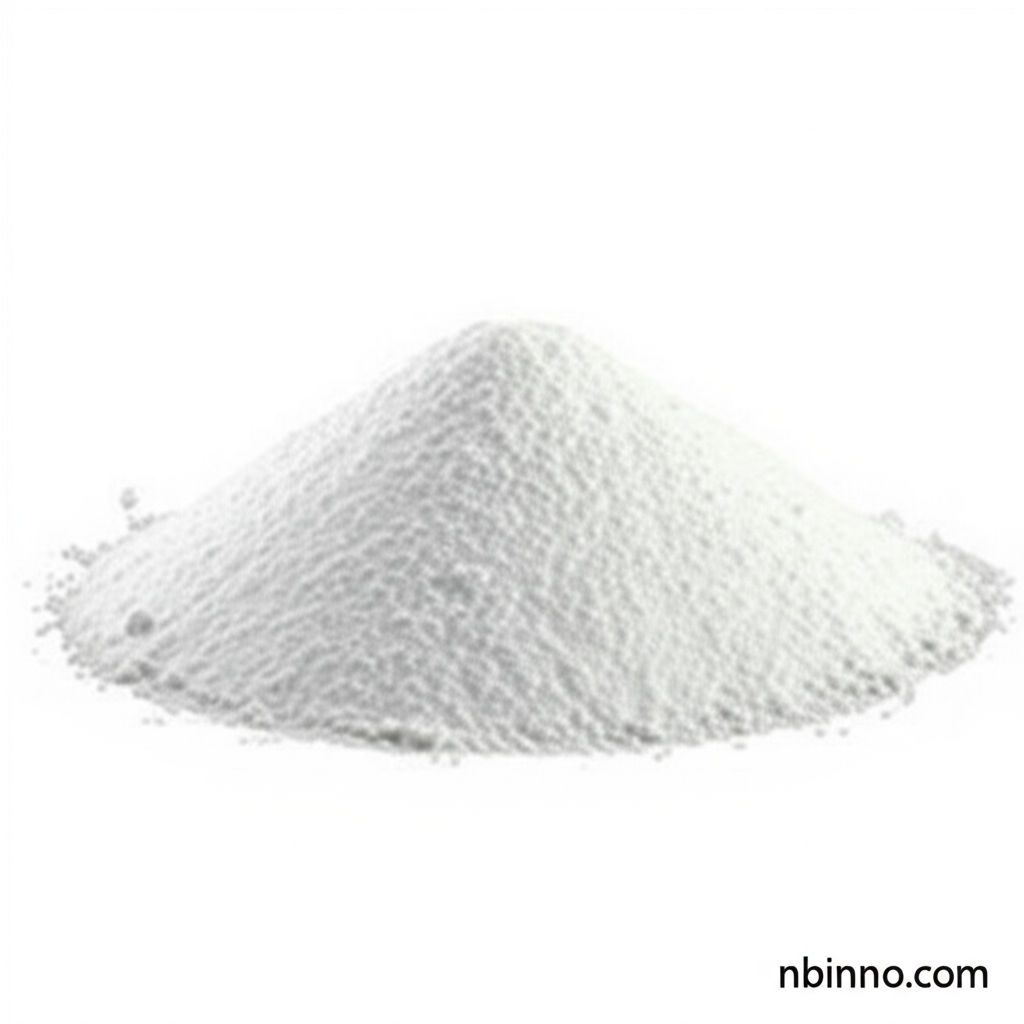Methyl 4-Aminopyridine-2-Carboxylate: A Key Pharmaceutical Intermediate
Discover the synthesis, applications, and quality of a vital compound for drug development and chemical innovation.
Get a Quote & SampleProduct Core Value

Methyl 4-aminopyridine-2-carboxylate
This compound serves as a critical building block in the synthesis of various pharmaceuticals and advanced chemical compounds. Its unique pyridine structure with amino and ester functional groups makes it highly valuable for creating complex molecules with specific biological activities.
- Explore efficient Methyl 4-aminopyridine-2-carboxylate synthesis routes for high-purity compounds.
- Understand the diverse applications of CAS 71469-93-7 in chemical manufacturing and scientific research.
- Leverage the versatility of this pyridine derivative in drug synthesis and development.
- Ensure quality with rigorous testing for pharmaceutical intermediate grade compounds.
Key Advantages
High Purity and Quality
Achieve superior results in your projects with our consistently high-purity Methyl 4-aminopyridine-2-carboxylate, ensuring reliable outcomes for your research and production needs.
Versatile Chemical Intermediate
Utilize this pyridine derivative as a key component in various organic synthesis pathways, enabling the creation of novel compounds for pharmaceutical and material science applications.
Expert Synthesis and Support
Benefit from advanced Methyl 4-aminopyridine-2-carboxylate synthesis methods and expert support to optimize your chemical manufacturing processes.
Key Applications
Pharmaceutical Synthesis
Serves as a crucial intermediate in the synthesis of active pharmaceutical ingredients (APIs), particularly those targeting the central nervous system.
Chemical Manufacturing
A valuable organic reagent widely used in the broader chemical industry for producing specialized compounds and fine chemicals.
Scientific Research
Employed in laboratory settings for developing new synthesis methodologies and investigating the biological activities of pyridine derivatives.
Material Science
Investigated for its potential in creating novel organic semiconductor materials and modifying polymer properties due to its unique structural features.
